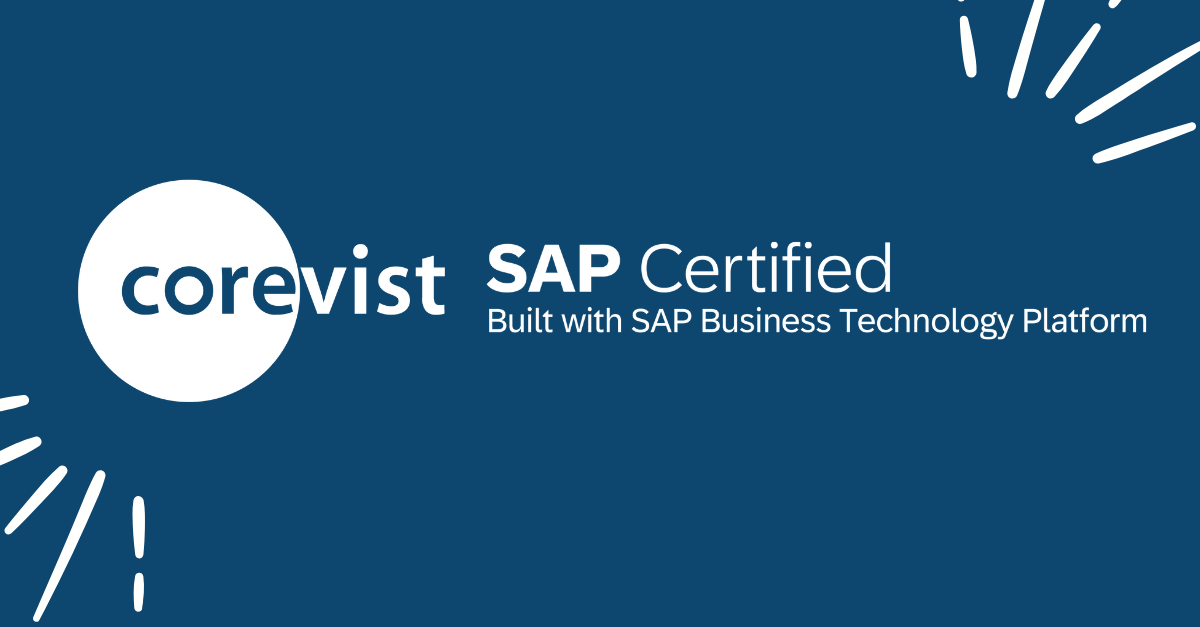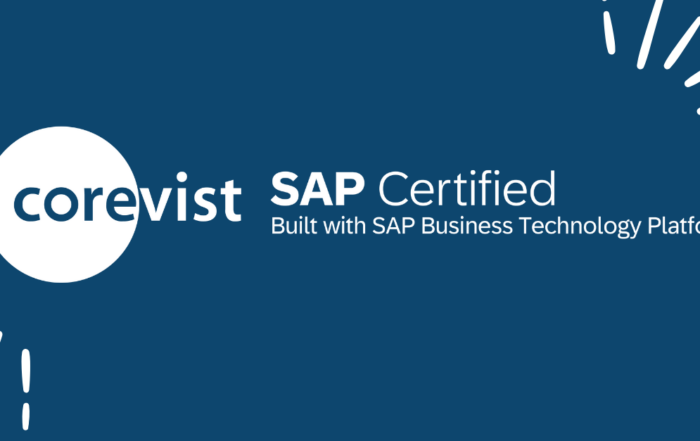Share
Author
Sam Bayer
Share

Leverage Your SAP Integrated B2B eCommerce Investments
In my last post, I announced that the cost and complexity of launching an SAP Integrated B2B eCommerce website have been driven down to the point where you could actually justify the deployment of a B2B eCommerce website for ONE customer. While that could be a great driving force to initiate your organization’s digital journey, you really don’t want to stop there. To derive the full value of your investment, you really want to conduct as much of your business as possible online and that means maximizing your online user count.
So what’s the holdup?
Our friends at accenturedigital have just posted a report entitled “Channel Shift: Measuring B2B Efforts to Shift Customers Online”. It’s now on my Recommended Reading list for all B2B eCommerce Managers. Here is what they say are the top 7 barriers to driving more online sales (percentage of 50 respondents):
- Long term customers are resistant to change. (64%)
- Customers don’t consistently use online buying options. (54%)
- Sales organization is resistant to driving customers online; unprepared to support online sales. (42%)
- Customers have security concerns. (38%)
- Our website isn’t easy to use. (36%)
- Customers don’t consistently visit our website (32%)
- Technology to take orders online isn’t implemented; Executives are resistant to driving customers online; Our website isn’t built to handle large volumes of sales. (20%)
I would say that numbers 1 & 3 are a demographic problem that time will cure. See my previous post entitled “Will B2BeCommerce be the Death of the Salesman“. Items #2, #4, and #6 are simple marketing and training problems. Items #5 and #7 are because you either chose to build your website by yourself or you picked the wrong vendor :-).
Bob Barr, the Managing Director at Accenture Interactive who championed this study appropriately summarizes the real impediment to B2B eCommerce adoption:
“While B2B marketers see their customers as a major barrier to moving their sales online, they also admit that their own internal sales team follows closely behind. In order to get your customers on board, you have to be on board yourself.”
Bravo Bob. Bravo.
How good can it get?
So now we know what the obstacles are to moving more customers online. How do we get motivated to spend the time, energy and money to overcome them? First of all, we have to believe that every time a customer conducts business with you online it’s good for everyone. They are happier and you are more efficient. If you don’t believe that, I hope you are near retirement because you may not have a job for long. If you do believe that, and you must because you’re still reading, then all you have to do is recruit as many customers as you can to use your SAP Integrated B2B eCommerce website.
Here is some data from the Accenture survey:
- 50% of the interviewed firms receive <10% of their revenue from online sales.
- 19% of the firms said that >50% of their revenue is online.
- 55% of firms who have had a B2B eCommerce site for >5 years are transacting more than 50% of their business online.
Accenture’s conclusions are that you can expect anywhere from 10%-50% of your revenue to come from your online channel and the more you invest in your online channel, the more revenue you’ll get.
That’s a tidy conclusion. I like that.
I have to say that our experience is that life is a bit more nuanced than that. We’ve learned that the adoption of your B2B eCommerce website is very dependent on your products, the makeup of your distribution channel and geopolitical considerations.
For instance, our clients who sell discrete products to dealers directly in the US are indeed approaching 50% of their revenue online. Our clients who sell to US-based distributors see less revenue on their B2B eCommerce websites than from their European distributors. That’s because US distributors prefer to either use EDI or send faxes directly out of their own ERP systems. European distributors don’t play the EDI game and use the website to combat the time zone barriers.
But in essence, the conclusion is that over time, if you make investments in education, marketing and technology, you should be able to increase the derived value of your B2B eCommerce investments.
How do I get there?
What are the top 5 tactics that organizations currently use to promote eCommerce according to Accenture?
- Email marketing (92%)
- Mailers that refer to websites with more information about a specific product or promotion (86%)
- Onlines sales support via the phone (84%)
- Sales representative credit for online and offline revenue (67%)
- Updated eCommerce websites (66%)
What tactics are organizations planning on implementing in the next two years?
- Internal sales contests rewarding sales representatives for a percentage of their sales that go online (31%)
- Updated eCommerce websites (30%)
- Custom client-branded online stores (29%)
- Online-only loyalty programs (28%)
- Dedicated teams to call on/work with clients to promote and train the online experience (27%)
You can definitely see the evolution from “crawl to walk” between this year’s tactics and those that will be used in the next two years.
I found it particularly interesting that there are a couple of tactics that B2B eCommerce marketers specifically won’t be using in the coming days. Those are ones that directly could impact their profitability such as online outlet stores (63% said no) and free shipping (50% said no).
Frankly, I don’t get that. I think the web is a great way to get rid of stuff that is collecting dust in the warehouse. As far as shipping is concerned, I agree that giving it away for free doesn’t make a lot of sense, but the Amazon Prime experiment should have taught us something.
So, what are the techniques that really separate the leading B2B eCommerce firms from their peers? Here’s a breakdown of the top 4 tactics employed (% employed by successful firms vs % employed by average firms)
- Online only discounts/rebates (80%/57%)
- Online chat sales support (69%/48%)
- Dedicated team to promote/train online experience (80%/61%)
- Sales rep credit for on/offline revenue (81%/67%)
Interestingly enough, Manufacturers lag the most, according to Accenture, in offering online-only discounts/rebates and in providing dedicated teams to promote/train the online experience. Our experience is totally in agreement!
The bottom line?
- Have technology that works and meets the customer where they are…in the office, in the field, in the showroom, at home.
- Invest in the human interface not just the user interface. Successful website adoption isn’t just about the technology. Build it and they won’t come…at least not many of them. It requires human beings to interact with human beings in the B2B world. Dedicate staff to promote, train and support your website users.
- Believe it in order to sell it. The entire organization has to get behind this effort. From the executive suite down to the warehouse worker, they all have to believe in the digital opportunities and work to support it.
- It takes time. It shouldn’t take long to get some success in the organization. But it will take several years to get the most out of your investments.
- Set a goal. Without goals you’ll have to accept whatever results you get. Set goals for user adoption, % of online revenue, reduction in call center phone calls etc. and you can create an investment roadmap to get the most out of your B2B eCommerce investments.
Thanks Accenture for pulling together a great piece of research for our industry!
Sam[/av_textblock] [/av_one_full]








